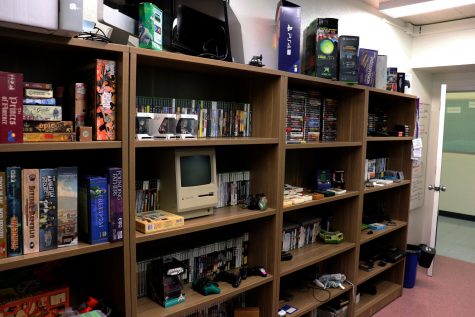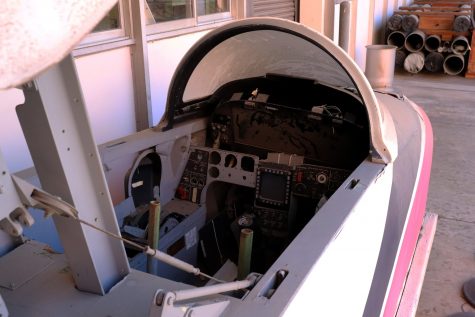When I first started at Long Beach State, I didn’t care about anything except class, food and the fastest way off campus. I didn’t want to talk to anybody and I didn’t want to share the college experience, partially because I felt like I didn’t belong here.
That was a mistake though. I realize now that we all belong here.
For the longest time, I was denying myself an extraordinary amount of personal enrichment, but that changed when an assignment for one of my classes took me out to the Earl Burns Miller Japanese Garden.
The director there made it clear. The garden is there for the students and it’s beautiful.

That’s not the only thing on the campus that’s here for us though. Everyday that goes by that we don’t discover these things, we lose an opportunity to experience something new, something that may change our lives forever.
For example, you may know that we have a bowling alley on campus. It’s in the ASI building near the billiards room. Most students that were given a campus tour were told about it.
If you took that tour you’ll likely know that we also have various places on campus to eat, wellness and self-care spaces and of course places to take a nap.
Despite all of these great options, there is still so much more that Long Beach State’s campus has to offer.
We have a lab dedicated to sharks. Do you like sharks, or perhaps do you want to try to conquer your galeophobia? Sign up for a tour of the shark lab. They have those, just don’t try to pet the animals.

We have a room dedicated to historic gaming as well. Not only can you play the games, but you can also discuss the history of the machines as well as their cultural impact. This room isn’t necessarily hidden, but it’s nestled in the upstairs of one of the faculty buildings (FO2-209).

If you decide to go wander around the engineering side of campus, you might stumble upon the Vivian Engineering Center. Inside, you’ll find a scale model of the building you’re standing in that’s made from balsa wood.
If you venture farther into the next building’s courtyard, you’ll find a to scale model of a F-5E jet cockpit.

It’s just sitting there, collecting dust, yet still a marvelous representation of what modern engineering can give us.
Who knows what you might discover about yourself when you see these things? Perhaps you’ll find that you want to be more active in preserving our oceans or that you want to creatively entertain your peers with video games.
You might even find out that you want to build machines that will leave the ground and hurtle passengers through the atmosphere at Mach 1.
To discover these things about yourself, you need to discover what’s around you and to do that all you have to do is see it.
One of the great things about our campus is when there is a place that staff or faculty don’t want us to go, they’re pretty explicit about it. As long as you aren’t ignoring common sense, obvious posted signs, or even the occasional red tape, you should be exploring.
Find the staircase less traveled up, the hallway less traveled down, or the courtyard rarely ventured into. It can make all the difference.
Your future awaits!




